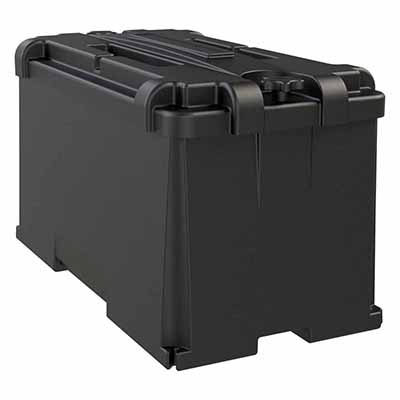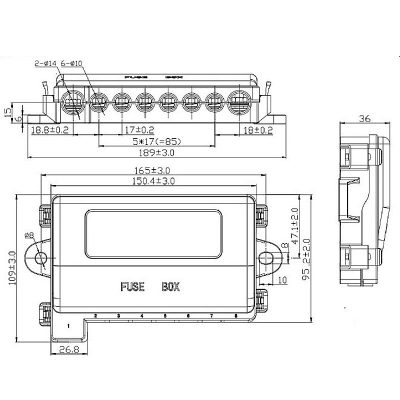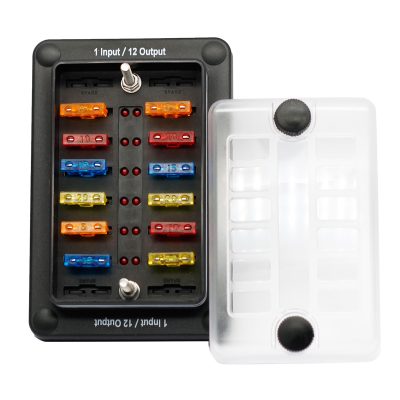Examining the Impact of Fuse Material Composition on Breaking Capacity and Service Life
News 2025-10-24
Fuses are essential safety components in electrical systems, designed to protect circuits by interrupting excessive current. The material composition of a fuse, including the choice of metals and alloys, plays a crucial role in determining its breaking capacity and longevity. This article explores how these material factors influence performance, emphasizing their importance in various applications to enhance reliability and efficiency in electronic devices.

Influence on Breaking Capacity
The breaking capacity of a fuse, which indicates the maximum fault current it can safely interrupt, depends significantly on material properties like conductivity and melting point. For example, copper-based alloys with high thermal conductivity allow rapid heat dissipation, enabling fuses to handle larger currents effectively. In high-demand scenarios such as industrial machinery, optimized materials improve arc quenching and reduce the risk of failure, ensuring robust protection against short circuits.
Effects on Service Life
Service life is affected by how well fuse materials resist degradation from factors like oxidation and thermal cycling. Alloys incorporating elements such as nickel enhance corrosion resistance, extending operational durability in challenging environments. In automotive applications, where fuses face vibrations and temperature variations, superior material choices minimize wear, leading to longer-lasting performance and reduced maintenance needs in critical systems.
Application Scenarios and Performance Benefits
In diverse settings, from consumer electronics to renewable energy systems, fuse material composition offers key advantages. For instance, in solar power installations, materials that withstand environmental stresses provide consistent breaking capacity and extended life, boosting system efficiency. These optimizations deliver benefits like enhanced safety, lower failure rates, and cost-effectiveness, making them vital for high-reliability sectors such as telecommunications and electric vehicles.
Frequently Asked Questions
1. What factors determine a fuse’s breaking capacity?
Breaking capacity is influenced by material conductivity, melting point, and arc suppression capabilities, allowing safe interruption of high currents.
2. How can material composition improve fuse service life?
By selecting materials with high resistance to corrosion and thermal stress, fuses can endure longer in harsh conditions, reducing degradation.
3. In which industries is fuse material optimization most important?
Optimization is critical in aerospace and medical fields, where reliable performance under extreme conditions prevents failures and ensures safety.


